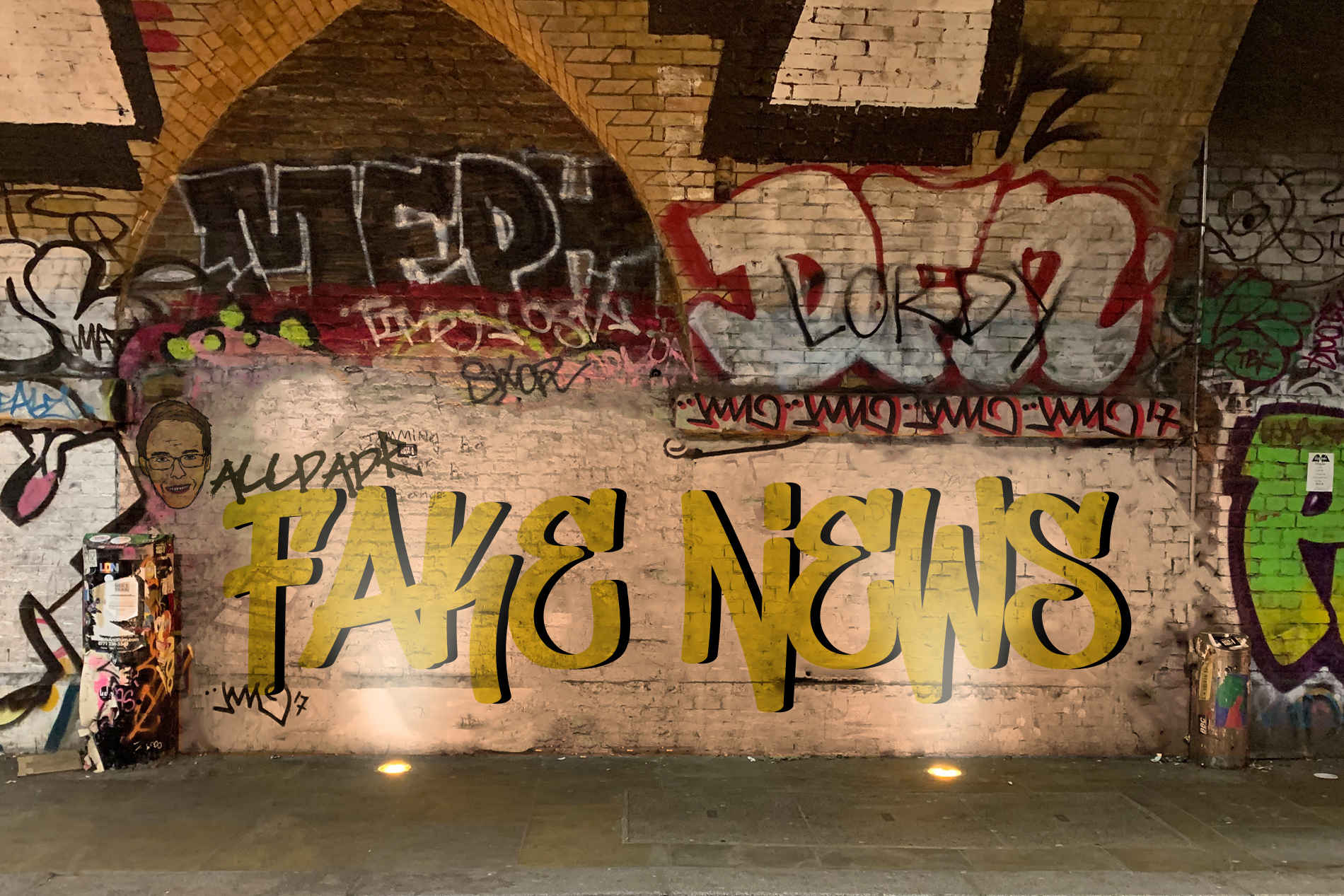Ohio newspaper opts not to cover misstatements of US Senate candidate, joining growing list of newsrooms favoring ‘truth sandwiches’
When Josh Mandel called on the Ohio governor to curb COVID-19 restrictions and end the statewide mask mandate, journalists at……


